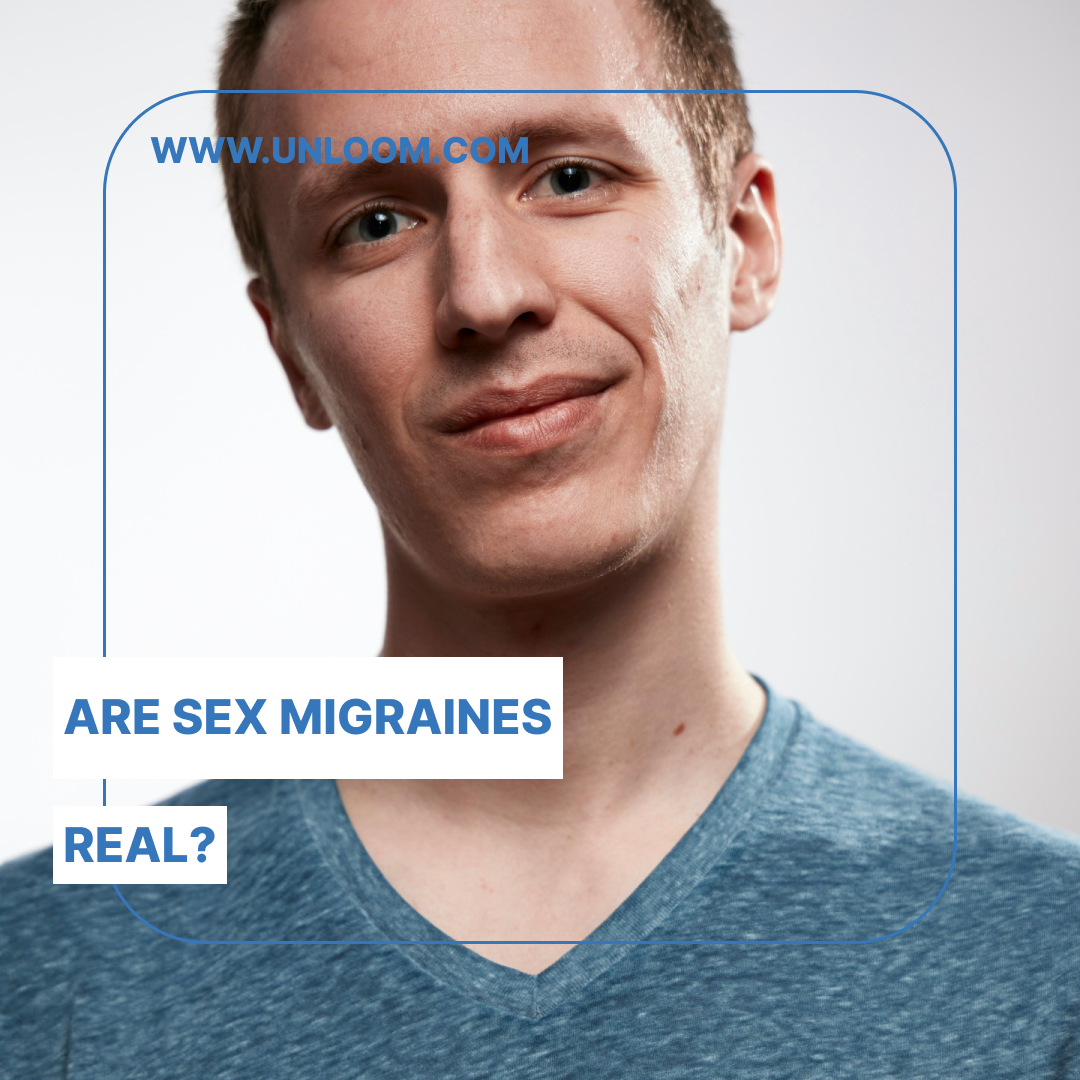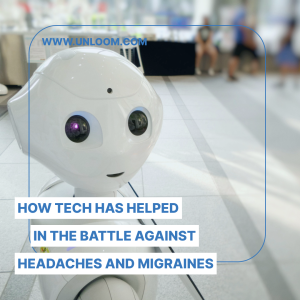What are Migraines?- The ultimate breakdown

Most times when people experience severe headaches, they are quick to assume it’s a migraine. Some times, they might be right but most of the times, they are usually wrong. I have decided to take a look at migraines first, since mostly, we can always conclude that any pain with symptoms outside of the symptoms of migraines are most likely to be tension head aches.
First Migraines can be classified into two types:
-
- Migraine with Aura
-
- Migraine Without Aura
What is an aura?
An aura is a sensation felt less than an hour before a migraine attack, such as visual disturbances, a strange taste in the mouth, or smelling nonexistent scents. Auras are signs that indicate an upcoming migraine. Migraines with aura have these signs before the attack, while migraines without aura do not.
How do I know I have a migraine?
It might be tricky to distinguish between a migraine and a tension-type headache. However, migraines might generally be accompanied by the following symptoms:
a. Extreme dislike for light (photophobia)
b. Severe pain on one side of the head (unilateral)
c. Dislike for sound (phonophobia)
d. Typically lasts between 4-72 hours
e. Movement of the head or bending down worsens the pain and discomfort
f. Warning signs before the attack, like irritability, tiredness, craving for certain foods, and yawning. These signs might appear several hours or even days before the attacks. This stage is called the “Prodrome.”
g. Migraines usually have a throbbing sensation
h. Accompanied by nausea and vomiting
Most times (not always), symptoms of head pain outside of these described above would be considered a headache. In fact, to provide further clarity, the International Headache Society has set criteria for determining if a headache is a migraine or not.
According to the International Headache Society, a migraine should mostly follow the following criteria:
1. The patient should have had at least four or five of those headaches.
2. The headache should typically last about 4-72 hours.
3. The headache must have at least two of the following:
A) One-sided location
B) Pulsing or throbbing quality
C) Moderate or severe intensity, inhibiting or prohibiting daily activities
D) Headache worsened by routine physical activity such as bending over or climbing stairs.
4. The headache must be accompanied by at least one of the following:
a) Nausea and/or vomiting
b) Dislike of light and dislike of noise
These criteria might seem straightforward, especially in cases that fit exactly into the narrative the IHS has provided. However, it might become tricky in cases where not all the criteria are met. Ultimately, a certified medical practitioner would be in the best place to determine if you have a headache or a migraine. However, these criteria listed above are generally true. A good example would be the story of a woman cited in the book “Understanding Migraines and Other Headaches” by Stewart J. Tepper, M.D.
Stewart gave an example of a woman who was having her
…usual six-hour menstrual migraine. The headache is moderate in intensity, steady and not throbbing in quality, and located at the back of her head and in her neck. She is not nauseated. On her way to work, she puts on sunglasses and turns off the radio, the sound of which is annoying her. When she gets to work, she’s not quite firing on all cylinders, and estimates that she is working at about fifty percent effectiveness. Her headache is a bit worse when she bends to pick up a piece of paper.
Understanding Migraines and Other Headaches by Stewart J. Tepper, M.D.
This case study is a perfect one where the symptoms do not exactly fit the IHS criteria. However, it would be concluded that she has a migraine and not a tension-type headache. Why is this so? If we compare this with the IHS criteria:
– The story said she was having her USUAL headache that lasted for six hours. This alone satisfies criteria one and two.
– Even though the story did not satisfy the a and b part of criteria 3 (i.e., the headache was non-throbbing and did not inhibit her from going to work), the b and c parts were adequately satisfied, since the headache was of moderate intensity and got worse when she bent to pick something up.
– Criteria 4b was also satisfied since she was annoyed by the radio noise, and she had to use sunglasses to avoid the sunlight.
Generally, with this knowledge, you might be able to personally distinguish between your tension-type headaches and migraines. However, a licensed medical practitioner is in the best position to assess your condition and determine whether you have a headache or not.
What’s your stress, headache and migraine management like?
Headaches are inevitable. Even though everybody wishes they had lives without headaches and migraines, it is still rare that you never experience any headaches whatsoever. It is important that you are adequately prepared for these times.
I personally recommend getting a stand-by massager like the Unloom head and eye massager.
Everybody needs this accessory at home but if you have chronic, recurrent headaches, this might be the single decision that might change your life.
This electronic massager is a great investment as it can come in handy in situations where you start experiencing signs of an upcoming headache or migraine (Aura). This could happen at the most inconvenient times for example in the midnight or very early in the morning.
Since most headaches and migraines are mostly linked to tension and stress, investing in a portable, electronic massager is a great investment!
Read more about how the Unloom head-eye massager works, it benefits and how to get one.




